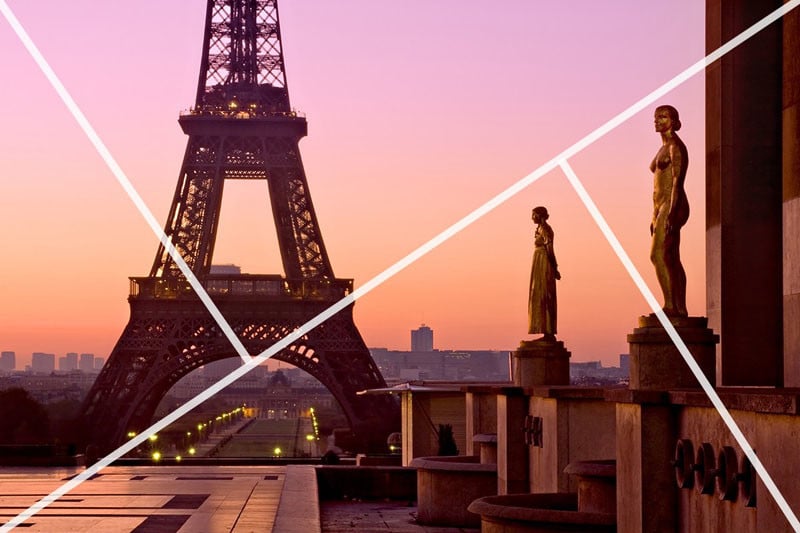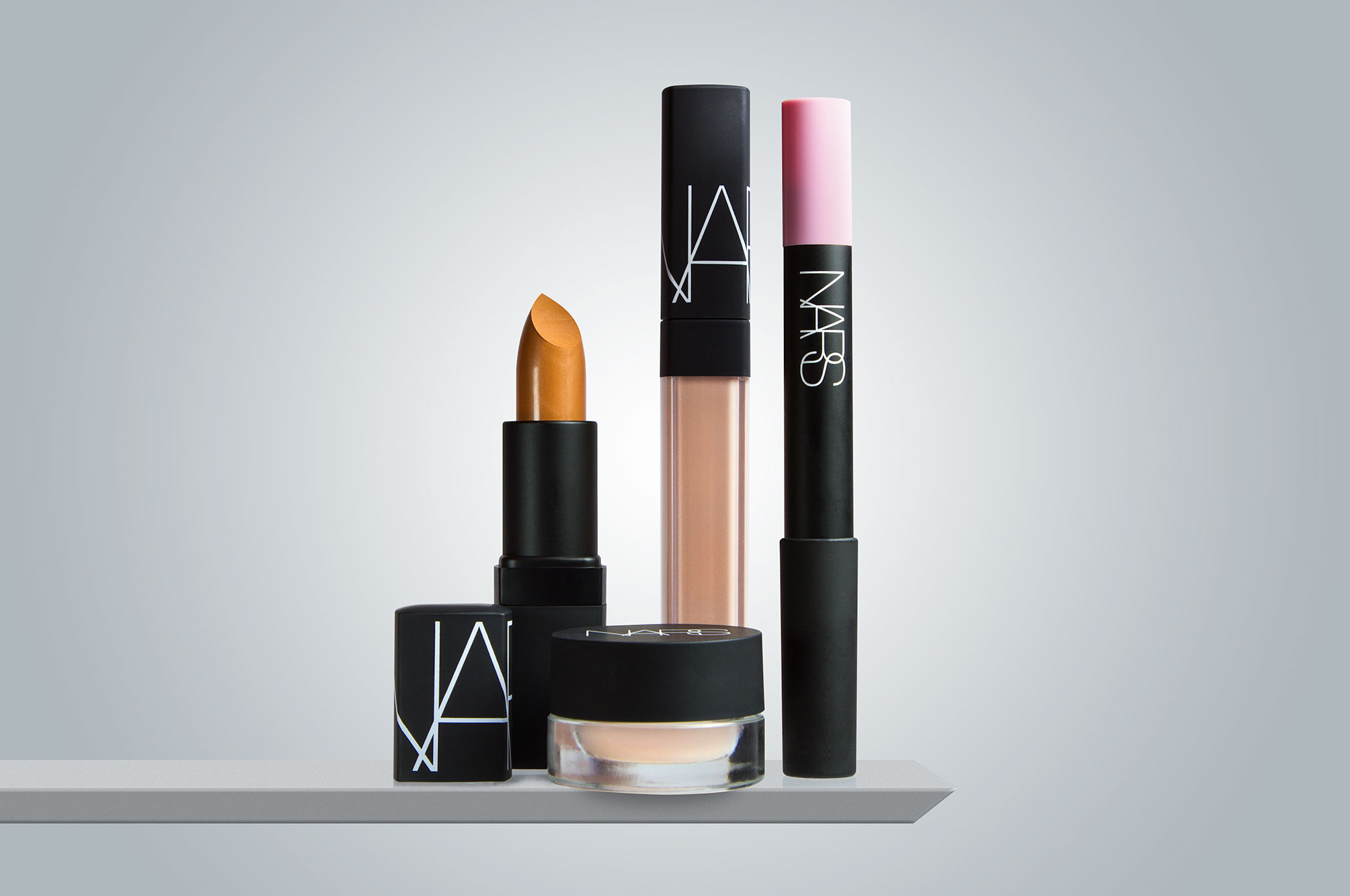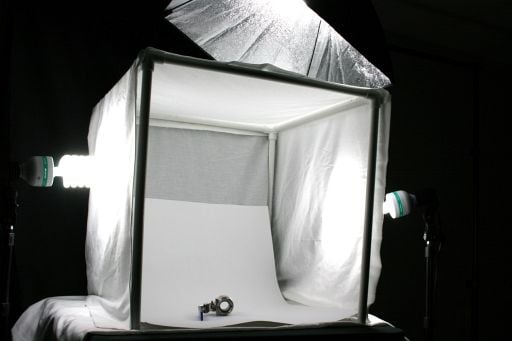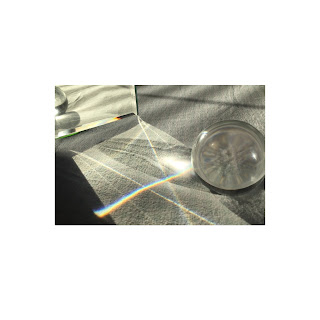F stops - number / Aperture - lens
F, 1.8, 2.8, 4, 5.6, 8, 11, 16, 32
1.8 to 8 - more light to through the lens, meaning a wider aperture.
The higher the number the less light, meaning a smaller aperture.
The F stop controls the amount of light that travels through the lens. Is there alot of light?
Includes natural light, studio light.
Shutter speeds
Fractions - ⅛, 1/15, 1/30, 1/60, 1/25, 1/250, 1/500
Shutter speeds control how fast or slow light travels through the lens.
Fast shutter speed - 1/25 to 1/500
When capturing movement, use a fast shutter speed.
Slow shutter speed - ⅛ to 1/30
When capturing blurriness, use a slow shutter speed.
Shallow depth of field - foreground in focus, background is out of focus depending on a certain number.
Depth of field - Controlling the aperture. Depth of field starts at 8.
1.8 to 8 - shallow depth of field
8 to 32 - depth of field
The f stop goes higher and the lens size decreases. This means light is only coming through in one direction,
creating depth of field.
A wider lens allows light to travel in every direction meaning a blurred, shallow depth of field.
F, 1.8, 2.8, 4, 5.6, 8, 11, 16 32
½ ⅛, ⅛ 1/15 1/30 1/60 1/125 1/250 1/500
If changing the F stop without changing the shutter speed, the brightness will change. This is because
there is more light being let into the lens.
E.g, if allowing more light into the lens by changing from 8 to 5.6, the shutter speed must increase
to deal with and compensate the light.
The lower the F stop number, the higher the shutter speed fraction.
Modes on a Canon camera -
M - manual
A - aperture priority - control the aperture and shallow depth of field / depth of field.
S - shutter priority - controls both aperture and shutter speed.
Rule of thirds -
Rule of thirds includes using a grid template and making sure the main subject of the photo is within
the corner of any parts of the grid. It consists of two horizontal and two vertical lines. The point in which
the lines intersect show the most important subjects of the photograph or the whole actual subject, as shown
in this example.
Researching rule of thirds has allowed me to apply it naturally within my photography, and consider it
when filming to make shots look more cinematic. However, one thing I must improve when experimenting
with the technique includes making sure the subject is not too far off in the corner of a frame and
has some space between the edges.
My example:
 |
| web image |
 |
my photography
|
Horizon line -
The horizon line is a horizontal line in a photograph separating it into a top and bottom section. An
example is in landscape photography, the line may separate the sky at the top part of the image
and water below that. The horizon line can only be successful in examples of outdoor / nature
photography. Deciding where to place this line can massively affect a photograph.This is shown
when deciding which part of the photo is more interesting. For example, placing the line at a lower
part of the frame as the top part of the environment is more visually pleasing. Removing other
aspects from the frame allows you to focus.

Composition -
The composition of a photo includes the way certain aspects are arranged within the frame.
This is important in photography as it involves making sure subjects are
shown in the way the photographer would like it. This could be for message and meaning reasons or
aesthetical reasons.

Framing -
Framing includes the way in which subjects and objects in a photo are presented. Framing
can act as a border and make the main content of a photo stand out. The main idea of
framing is to set a focal point, allowing viewers to stay concentrated on one main subject.

Personal example of framing:
This photograph has been taken at an angle which allows the two branches to act as a frame over the main subject of the leaf, peaking through and filling the negative black space of the fence. Furthermore with this photography being part of nature / landscape photography, shallow depth of field has been used with the main branch blurred and the orange / autumnal leafed tree in the background to be blurred out with the foreground in focus, again showing the main subjects importance.
Depth of field -
Depth of field is when both the back and foreground of a photograph are in focus. To create
this the F stop on a camera must be above 8. This technique is most likely most used when the
background and subject of the photo are as important as each other. As the F stop goes
higher, the lens size decreases allowing light through the lens in one direction only.

^depth of field ^shallow depth of field
Shallow depth of field -
Shallow depth of field is when a photograph's background is out of focus and the foreground
in focus. This can be used to show the importance of something and to create this effect, the
cameras F stop number must be between 1.8 and 8. The F stop number is low, meaning a
wider lens allowing light to travel in every direction. This therefore creates blurred,
shallow depth of field.



























